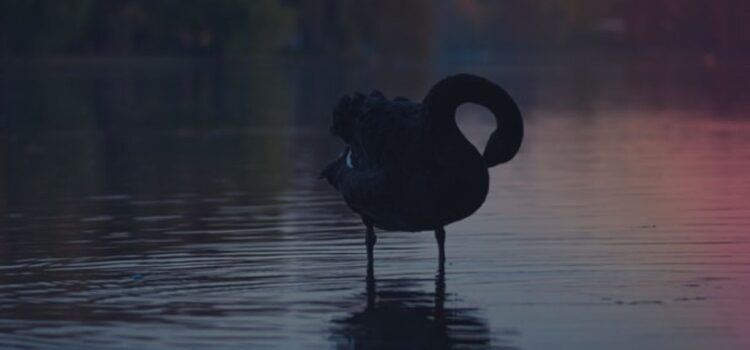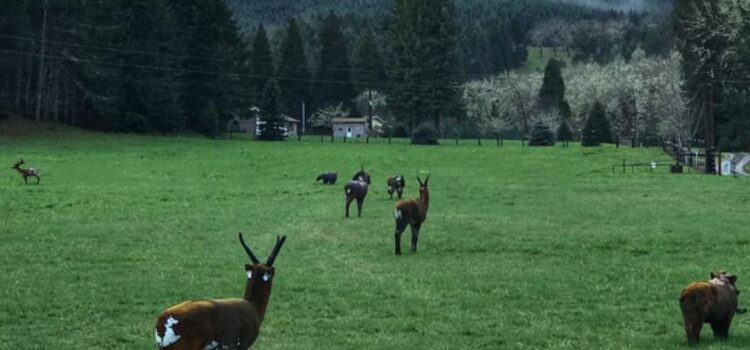What is a business scorecard? How can creating a business scorecard help you monitor performance and stay on track towards your business objectives? A business scorecard offers organizations a snapshot of their current performance as benchmarked against their goals. Most companies rely instead on a P&L statement, but by the time you get it, problems have already occurred. With the business scorecard, you can see where you are and, if necessary, change where you’re headed. Here is how to create your business scorecard in five simple steps.
Business Scorecard: Keep Your Business on Track










